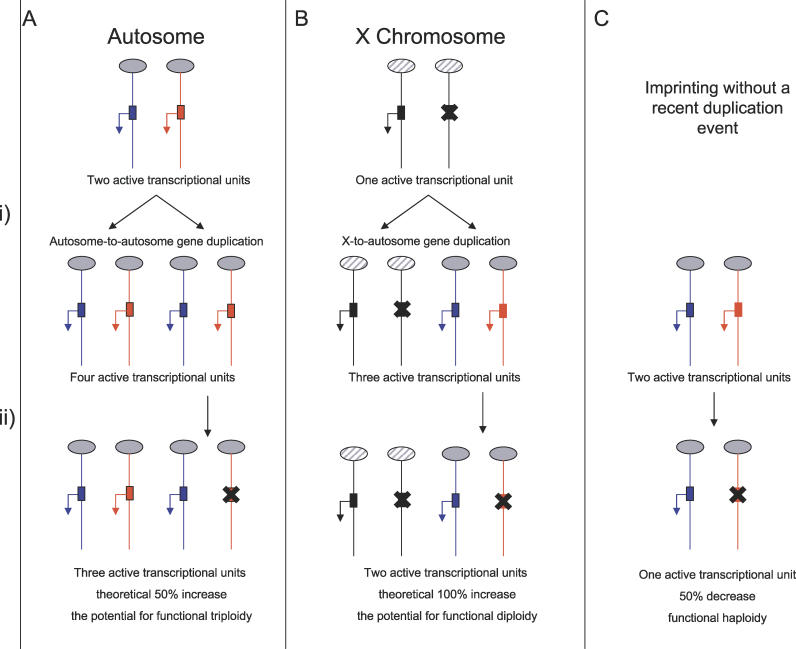Figure 4. Possible Gene Dosage Scenarios before and after the Acquisition of Imprinting.
For the two duplication scenarios (A and B), imprinting of the duplicated locus is presumed to arise while functional redundancy exists with the original copy. For simplicity, each example refers to a paternally expressed imprinted gene. Grey ovals represent autosomes, hatched ovals represent the X chromosome, red represents maternally derived chromosomes and alleles, and blue represents paternally derived chromosomes and alleles.
(A) A nonimprinted autosomal gene undergoes duplication (i), resulting in a 2-fold (2:4) increase in active gene copy number. Imprinting (ii) reduces this increase to 1.5-fold (2:3). An example is the Mkrn3 gene on mouse Chromosome 7 [118].
(B) A gene subject to X-inactivation undergoes trans-duplication, resulting in a 3-fold (1:3) increase in active gene copy number. Imprinting reduces this increase to 2-fold (1:2). An example is the U2af1-rs1 locus [58].
(C) A nonimprinted autosomal gene acquires imprinting without undergoing a recent duplication, resulting in a 50% decrease in active gene copy number (2:1). This is likely to be the most common scenario, an example being the Igf2 locus [95].

